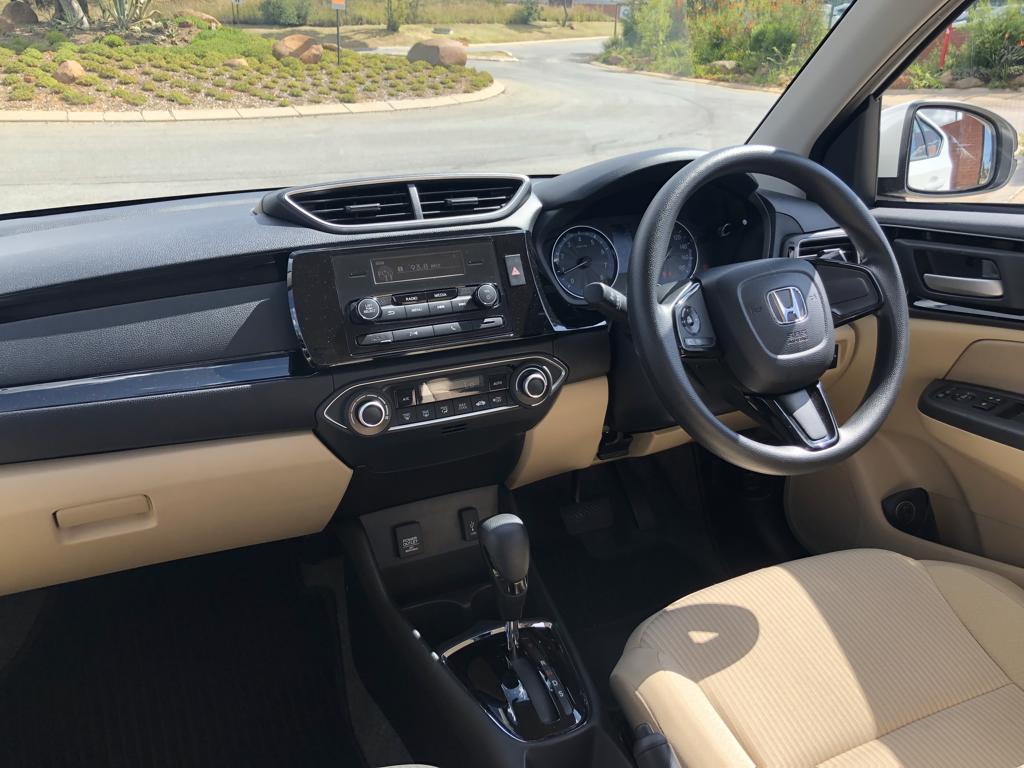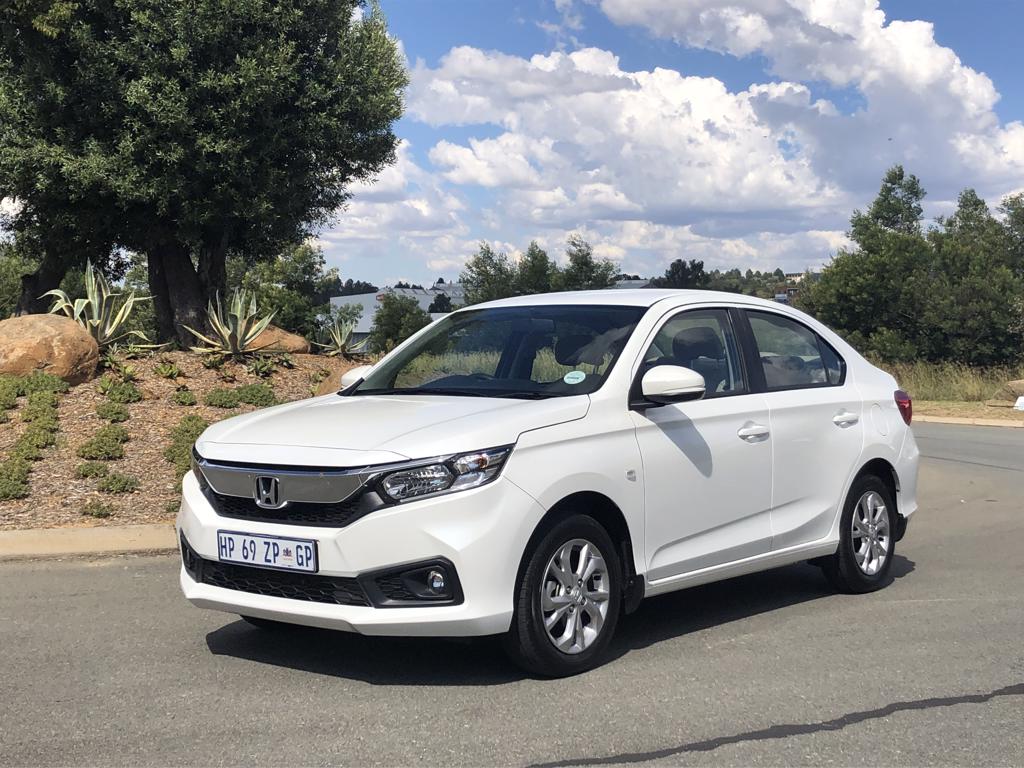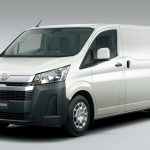Amaze’s talents belie its size

The market for sub-compact sedans is a small one; in addition to this Honda Amaze (which replaces the Brio Amaze), there’s the Suzuki Dzire and the Baic (pronounced “bike”) D20. This also means that the market for these vehicles is defined … young families looking for an inexpensive starter, or retirees looking for value for money and a compact package in the last car they are likely to own.
The Amaze covers both needs quite well…

What can I expect from the Amaze?
Based as it was on the Brio city car hatchback, the previous Amaze was a slightly awkward and contrived package. The new model, however, has been designed as a standalone sedan and is therefore a far more accomplished proposition in terms of design and packaging…
OK, so that (very) blunt nose and truncated rear won’t be to everyone’s taste but, while they do give it distinctive silhouette, the overall design is inoffensive and fits in with Honda’s current family line just fine. The small 15-inch wheels and plump 65-section tyres may look lost under the bodywork from some angles, but they do have an advantage when it comes to ride refinement (more on that later).
Inside, the Amaze is neat, ergonomic and full of high-quality materials. Like its nose, not everyone will favour the standard beige upholstery and lower panelling on the dash and doors. However, this does go a long way to brightening up what is an otherwise simple interior. On the other hand, practically speaking, it is likely to look grubby quite quickly…
The seats, however, are well contoured and soft. Space up front is fine, but taller passengers will want to avoid the rear as headroom is disappointingly minimal … the seat bench being set a few inches too high.
According to Honda, the Amaze boasts the largest boot in its class, at 420 l. The rear seat backs don’t fold down, though – so that’s all you get. Interior stowage space is good, although there’s no central lidded cubby/armrest.

Is it loaded with lots of safety features and other nice toys?
Younger buyers considering the Amaze will also notice another omission from the interior – that of a touchscreen infotainment system. However, the unit fitted to the Amaze does offer Bluetooth, USB and auxiliary connectivity. In top comfort spec, the Amaze is also fitted with electronic air-conditioning, electric mirrors, halogen fog lights and auto door locking.
The Amaze is also fitted with dual airbags, anti-lock brakes with electronic brakeforce distribution, ISOFIX child seat mountings and remote central locking.

What’s it like from behind the wheel?
The Amaze is fitted with a 1,2-litre, naturally aspirated engine that produces 66 kW and 110 Nm. It’s enough shove to move the vehicle along with little fuss. Fitted as ours was, though, with Honda’s continuously carriable transmission (CVT), the Amaze’s engine does scream out under hard acceleration…
The CVT is also not the smoothest, sometimes being jerky between its artificial “shifts”. For those who want to manage proceedings manually, a set of shift paddles sit behind the steering wheel. This drivetrain combination returned a fair 7,1 l/100 km during my time with the car – slightly higher than Honda’s combined claim of 5,7.
However, where the Amaze excels is in its ride comfort, which is very good for a lightweight car like this. The Amaze feels solid and substantial on the road – perhaps also as a by-product of its heavier than expected steering. One note, though, is that wind noise past the side windows is high at highway speeds.

Should I buy one, or look around?
With just the Dzire 1.2 GL (R192 900) and D20 1.5 Fashion (R209 900) to compete against, the Amaze comes in at a fair R208 900 with a very attractive five-year/200 000 km warranty, as well as a two-year/30 000 km service plan, and three-years AA roadside assistance.
While it’s looks may polarise (so, too, may the Dzire’s) and the interior packaging could be better, the Amaze is an otherwise competent, comfortable, surprisingly likeable sub-compact sedan.
CyberStoep rating: 7/10
Published by
Charleen Clarke
focusmagsa




